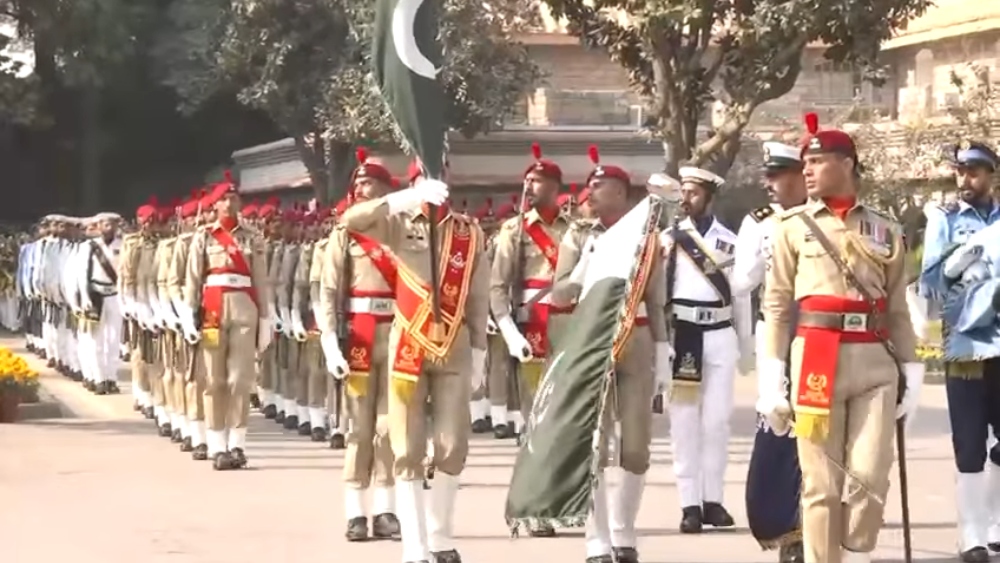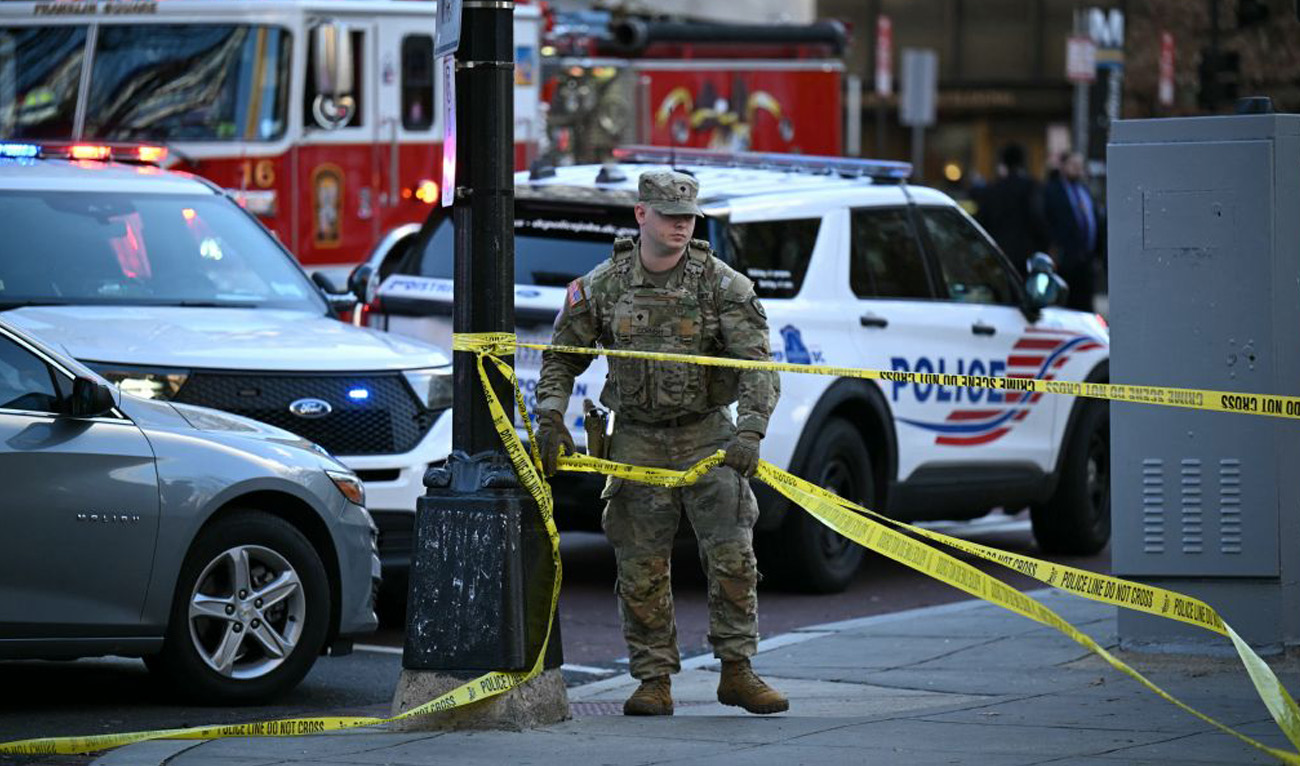Gor Khatri’s revival brings Peshawar’s 2,000-year story back to life
PESHAWAR: In the heart of Peshawar, South Asia’s oldest living city, a landmark that once lay hidden behind police barricades is now alive with families, schoolchildren, and history enthusiasts.
Gor Khatri, a centuries-old archaeological complex, has been restored and reopened, transforming from a relic of forgotten empires into a vibrant cultural hub that reconnects residents with more than 2,000 years of heritage.
The story of Gor Khatri is as layered as the soil beneath it.
At first glance, visitors are struck by the grand Mughal-style gateway, a caravanserai commissioned in 1638 by Princess Jahanara Begum, daughter of Shah Jahan, the emperor who built the Taj Mahal. Yet beneath its courtyards lie remnants of much older civilizations.
Archaeological excavations carried out in 2012 uncovered evidence of Indo-Greek, Scytho-Parthian, Kushan, Hindu Shahi, Sikh, and British eras, tracing Peshawar’s urban footprint back to at least the 2nd century BC.
“The present building is from 1638,” explained Dr. Noman Anwar, director of the Gor Khatri complex, while speaking to Pakistan TV Digital. “But the artifacts found here prove that Peshawar has been continuously inhabited for over two millennia. It’s like peeling back layers of history, empire after empire has left its mark here.”
If the Mughal princess gave Gor Khatri its architectural grandeur, the 19th century added a chapter of fearsome folklore. During the Sikh Empire, the site became the fortified base of Paolo Avitabile, an Italian mercenary governor notorious for his draconian punishments. His reign was so harsh that, to this day, mothers in Peshawar threaten misbehaving children with tales of “Abu Tabela,” a local rendering of his name.
Yet for many locals, the most vivid memory of Gor Khatri is far less romantic. For decades, the site was sealed off, housing a police station instead of serving as a public space.
Muhammad Bilal, a 50-year-old resident of the Walled City, remembers it well. “In our youth, no one was allowed in. All we ever saw were police officers behind those gates,” he said.
“Now it’s different. It’s a place where families can gather, relax, and feel connected to the past. That change matters.”
The revival has given Gor Khatri a new purpose. Today, its grounds include a branch of the Peshawar Museum, where artifacts unearthed on-site are displayed, alongside galleries that highlight the region’s rich cultural traditions. A historic Hindu temple and a functioning mosque stand side by side, symbolizing the city’s religious and cultural diversity through the centuries.
Perhaps most striking is the work of local tourism promoter Maher Ullah, who dresses in Mughal-era robes to welcome visitors. Inside a curated room, he showcases weapons, costumes, and instruments from the Mughal, Sikh, Hindu, and British periods.
“People have forgotten these traditions,” he told Pakistan TV Digital. “I remind them of their culture, that Peshawar has always been a crossroads of civilizations.”
For Peshawar, Gor Khatri’s reopening is more than an archaeological achievement. It is a reminder of the city’s resilience, a place where ancient history and modern life now coexist. Locals stroll past centuries-old walls; children play where traders once rested after long Silk Road journeys.
As resident Bilal put it simply: “It is my wish that future generations come here, see this place, and learn what Peshawar has lived through. This is our history, alive again.”
Latest News
Pakistan honors outgoing top military official after four decades’ service
AN HOUR AGO

Drone strike hits Iraq gas complex, cuts supply: official
2 HOURS AGO

Two National Guard soldiers shot near White House, suspect in custody
4 HOURS AGO

Hong Kong high-rise fire kills at least 44, still burning
5 HOURS AGO
.jpg)
NASA confirms support for delayed European Mars rover: ESA
7 HOURS AGO

